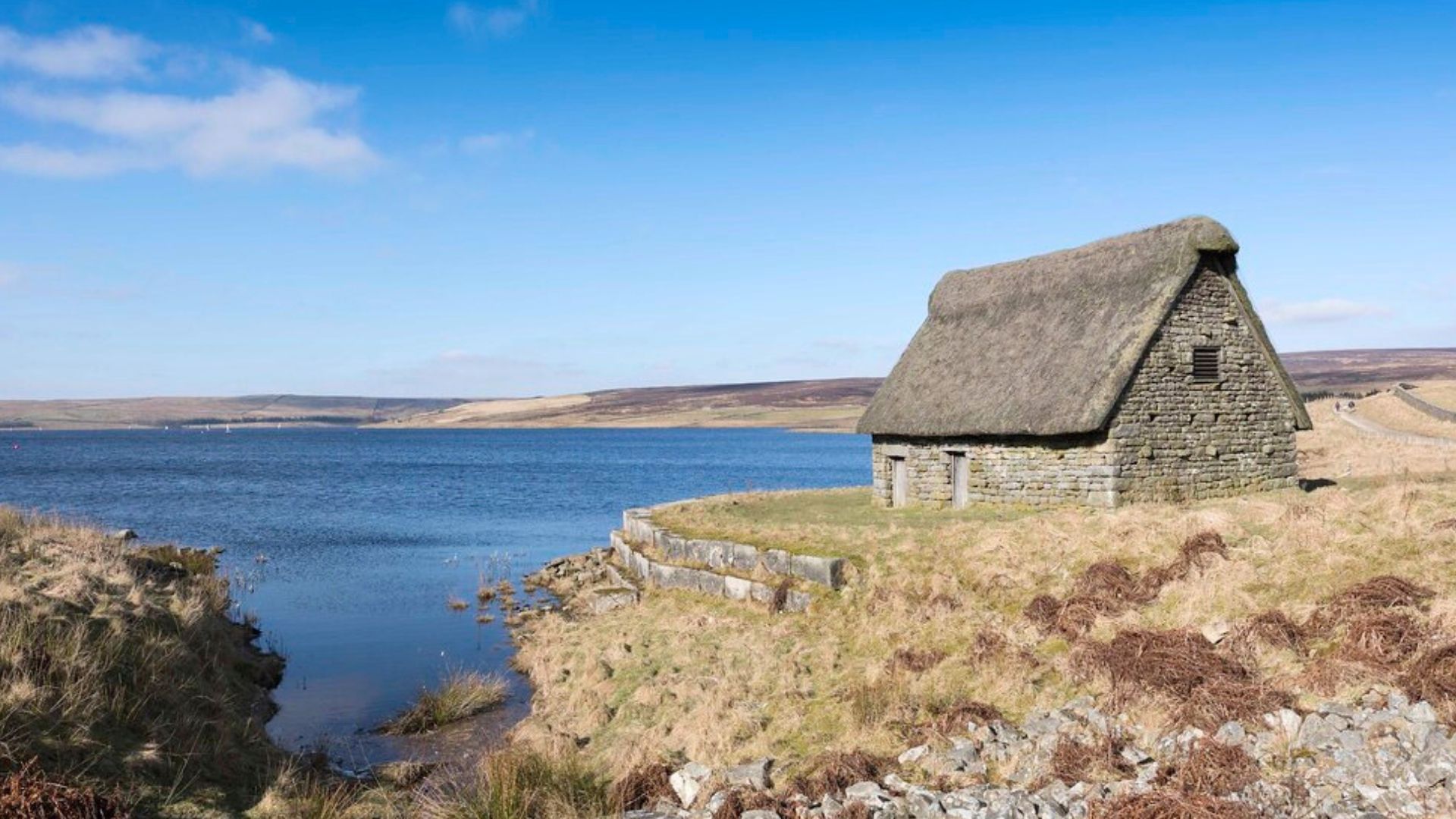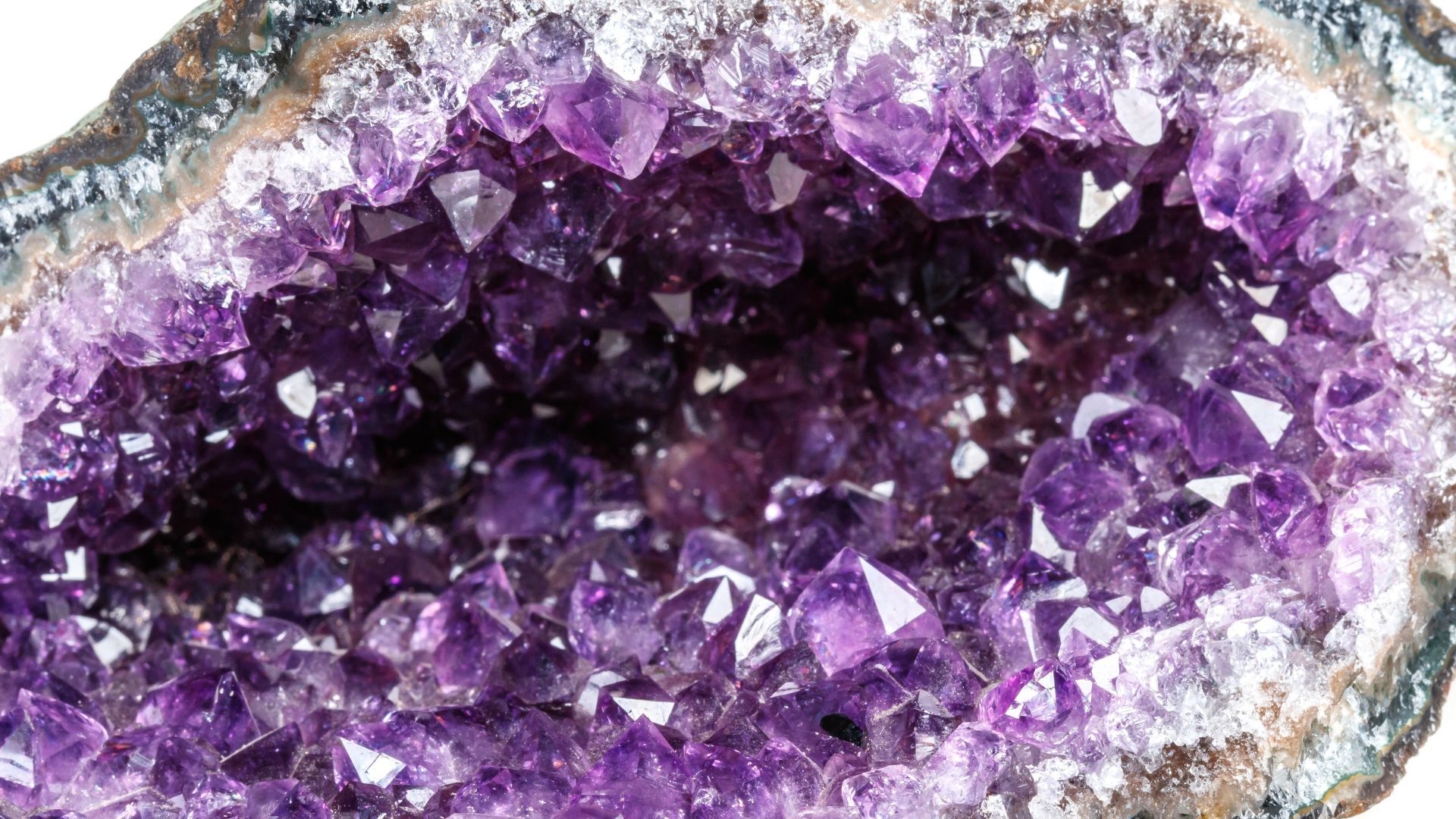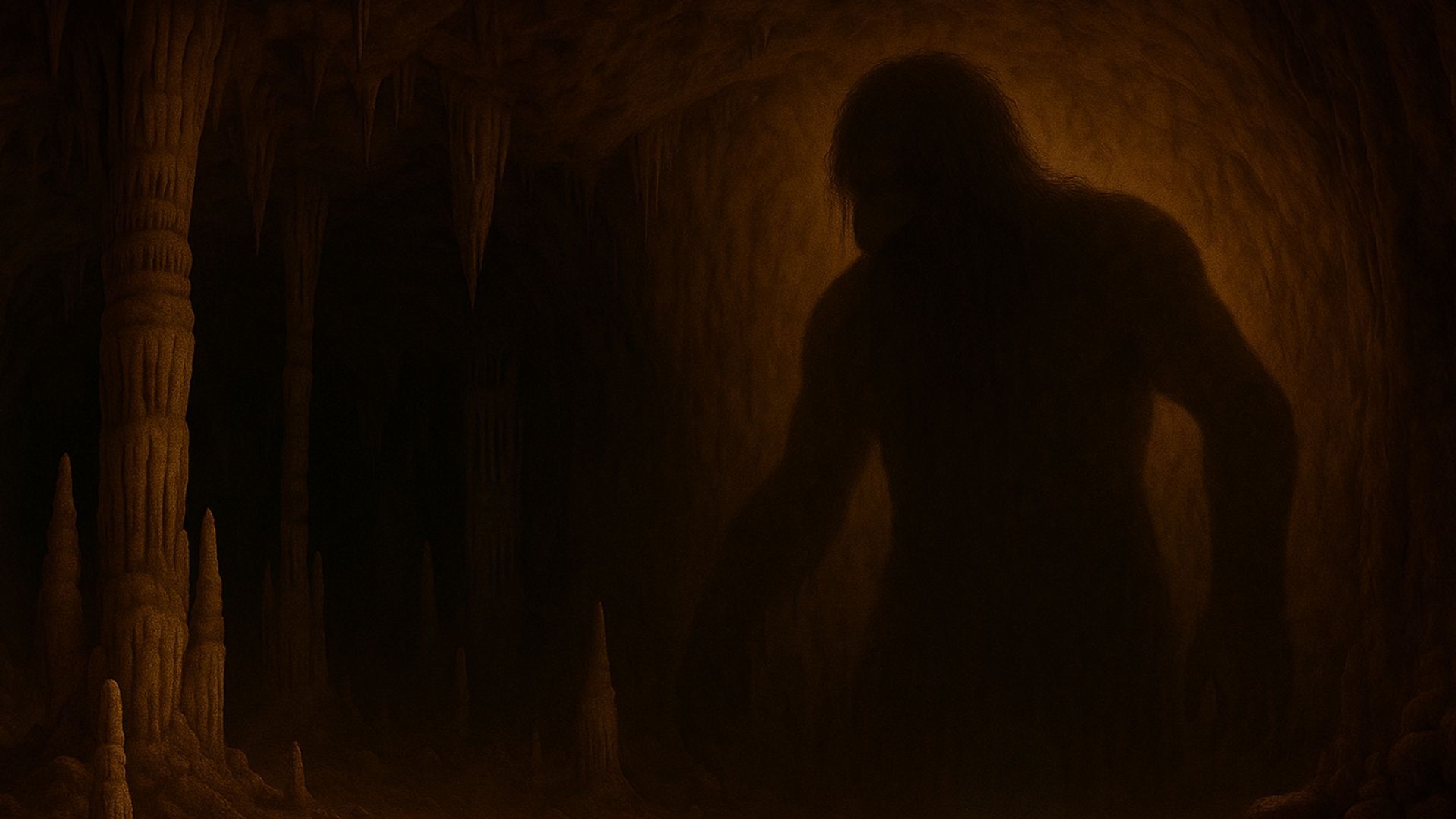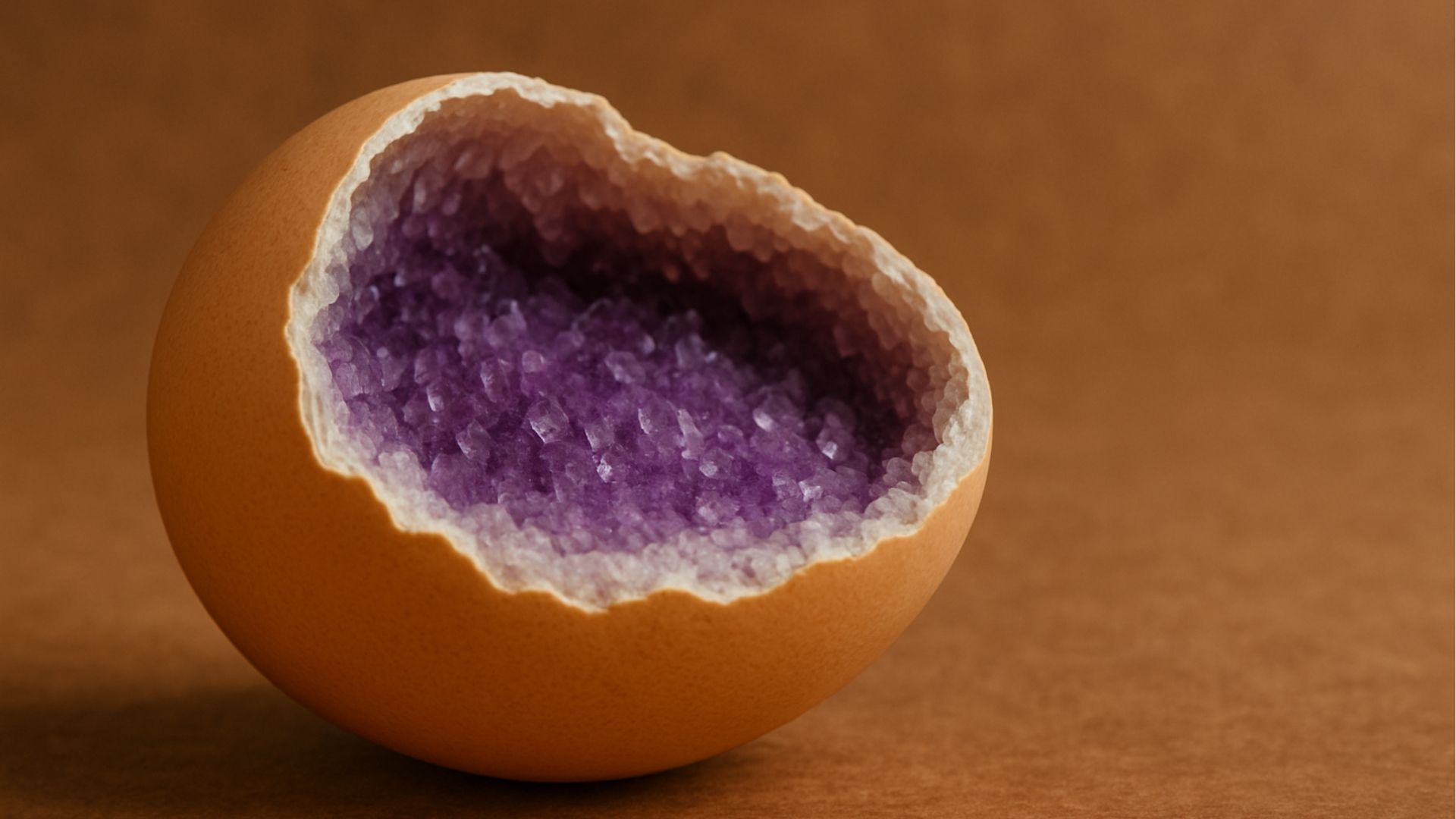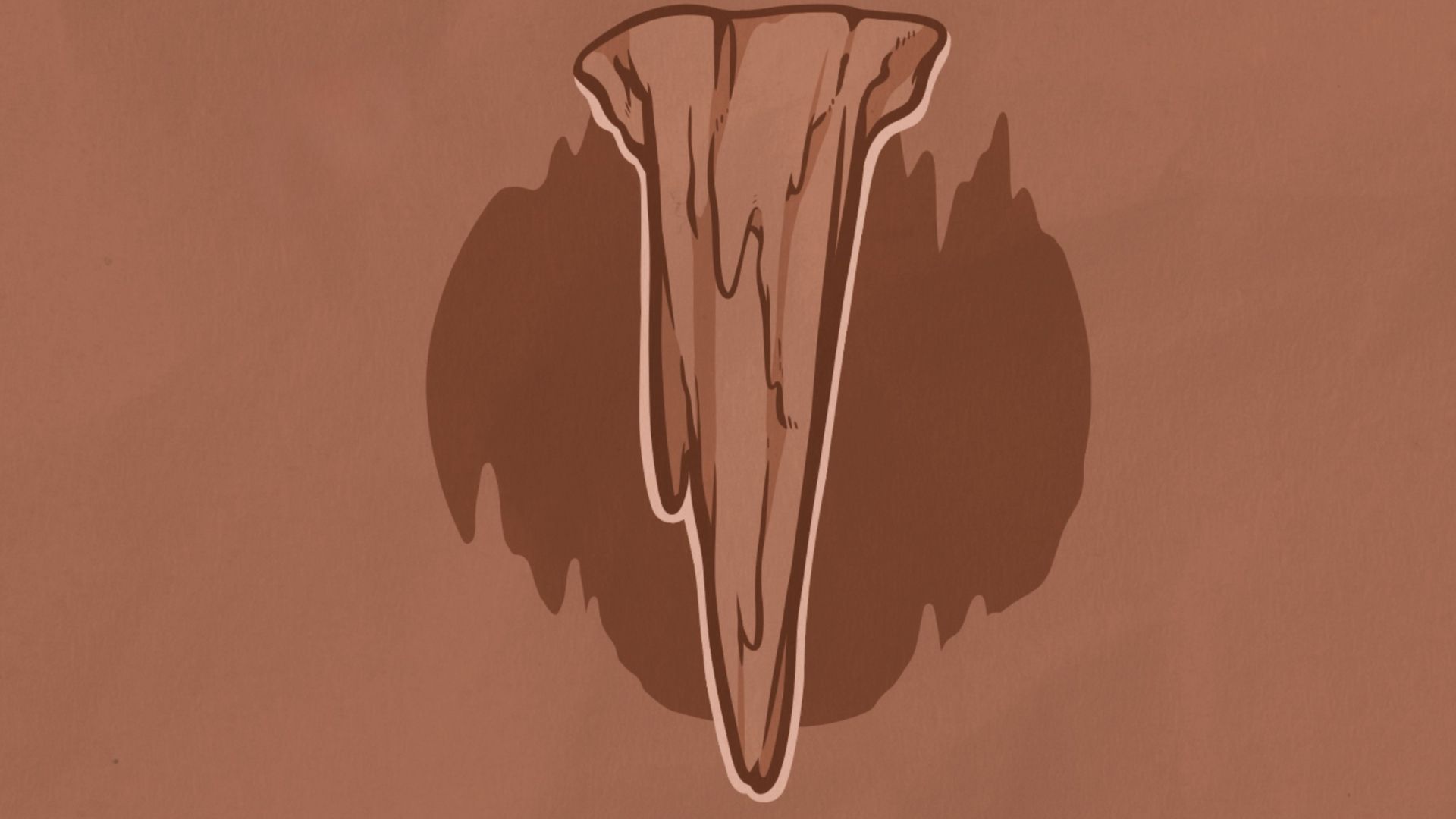Could the caves found on the Moon one day be habitable? Sort the facts from the fiction in our article.

In July 2024, scientists confirmed they had found a cave on the Moon, around 250 miles from the legendary spot where Neil Armstrong took his giant step for mankind back in 1969.
Scientists have long suspected that there are caves on the Moon. This discovery suggests that there are hundreds more to be found.
It's an amazing find in itself. But could it mean that one day astronauts could live on the Moon?
About the discovery
The Sea of Tranquility is a 544-mile-wide basin on the Moon. It's where the Apollo 11 mission landed. Less famously, but no less significantly, it's the site of the deepest-known pit on the Moon.
This pit was created when a lava tube collapsed. It's now known to lead to a cave at least 130 feet wide and tens of yards long.
This remarkable discovery was made by an Italian-led team of scientists. Two of them, Leonardo Carrer and Lorenzo Bruzzone, reported with a faint air of anticlimax: "Lunar caves have remained a mystery for over 50 years. So it was exciting to be able to finally prove the existence of one."
This discovery could lead to a domino effect in the discovery of other lunar caves – mostly, it's suggested, in the Moon's lava plains. But there could be more at the Moon's south pole, where landings are to take place in the late 2020s.
Potentially, these caves could provide shelter for astronauts. This would mean they could spend longer on the Moon without having to build their own shelters.
The caves would provide welcome protection from some of the Moon's many threats: cosmic rays, solar radiation and even micrometeorite strikes. They would also provide a stable temperature, unlike the dramatic contrasts of day and night on the surface.
Perhaps best of all, the rocks inside the caves could help scientists trace the history of the Moon's evolution. As Carrer puts it: "Analysing lunar cave rocks that are not altered by the harsh lunar surface environment can provide significant insights into key scientific questions such as the timeline and duration of lunar volcanic activity, as well as the actual composition of the lunar mantle".

Meanwhile, British chemist and astronaut Helen Sharman told the BBC that humans will be able to shelter in lunar caves within two or three decades. However, she added, getting in was one thing – getting out another. For astronauts to get back to the surface, space agencies would have to provide jet packs or lunar lifts.
How was the cave formed?
Scientists believe this cave was formed by lava tubes (also known as "pyroducts"). We have these on Earth, with notable examples in Iceland, Kenya, South Korea and the USA.
It's essentially a long, hollow tube created by lava flowing under the hardened surface of a lava flow. If the tube collapses, a cave is created.
Are there other extraterrestrial caves?
It's not just the Moon that has caves. Scientists believe that there are somewhere in the region of 3,500 caves on 11 different moons and planets. This includes Mars and the moons of Saturn and Jupiter.
It's long been surmised that there are caves on comets and asteroids, too – and in January 2024, ice caves were identified on comet 67P.
These caves could unlock new opportunities for scientific exploration and discovery – especially if they let explorers get underground.
Could these extraterrestrial caves teach us more about how planets are formed? Could they shed new light on the origins of the universe?
At the very least, NAU researcher Jut Wynne says, "Caves on many planetary surfaces represent one of the best environments to search for evidence of extinct or perhaps extant lifeforms".
On top of this, the caves of Mars could contain water ice, sheltered as they are from "deadly surface radiation and violent windstorms". This would be invaluable in understanding the Martian water cycle. Liquid water has been found deep under Mars's outer crust – although Mars has been a desert for some three billion years.
And as with caves on the Moon, caves on Mars could one day provide shelter for humans. Of course, we've got to get an astronaut there first…

Could humans live on the Moon?
For centuries, star-gazers and civvies alike have wondered whether humans could live on the Moon.
Aside from anything else, it would be extremely beneficial to the scientific community. The Moon could serve as a starting point for missions to Mars and beyond.
That's before you entertain the idea of package holidays to the Moon or even full-time residences. Could we really be entering a lunar age?
Well, at the time of writing, the record length of time spent on the Moon is 75 hours – a record held by Apollo 17 astronauts Harrison Schmitt and Eugene Cernan.
Perhaps the strongest indication that lunar living is still a long way off is the fact that space agencies have increasingly focused on robotic exploration. Since the last Apollo mission in 1972, the emphasis has been on using robots to send back their findings.
The reasons for this are compelling. Sending humans to the Moon puts astronauts' lives at risk – and, from one point of view, is an overly complex and expensive affair.
And that's just getting a person on the Moon. Setting up a base or settlement would be even more of a headache.
The first settlers wouldn't be able to take all the supplies they needed with them. Robots would have to be deployed to make the air breathable. Water sources would have to be found – probably through rovers drilling for ice – and power supplies established.
Throw into the mix the fact that you'd struggle to grow crops in lunar soil and you can see why lunar living is still the stuff of science fiction.
Unfortunately, you can't hop on a rocket and visit a lunar cave right now. But that's OK – there are plenty of incredible cave systems right here on Earth.
Hidden deep underneath the Yorkshire Dales, Stump Cross Caverns is one of the best-preserved
UK cave systems – and a feast for fans of nature, history and wonderful rock formations. Want to experience it yourself? It's quick and simple to
book tickets online.



